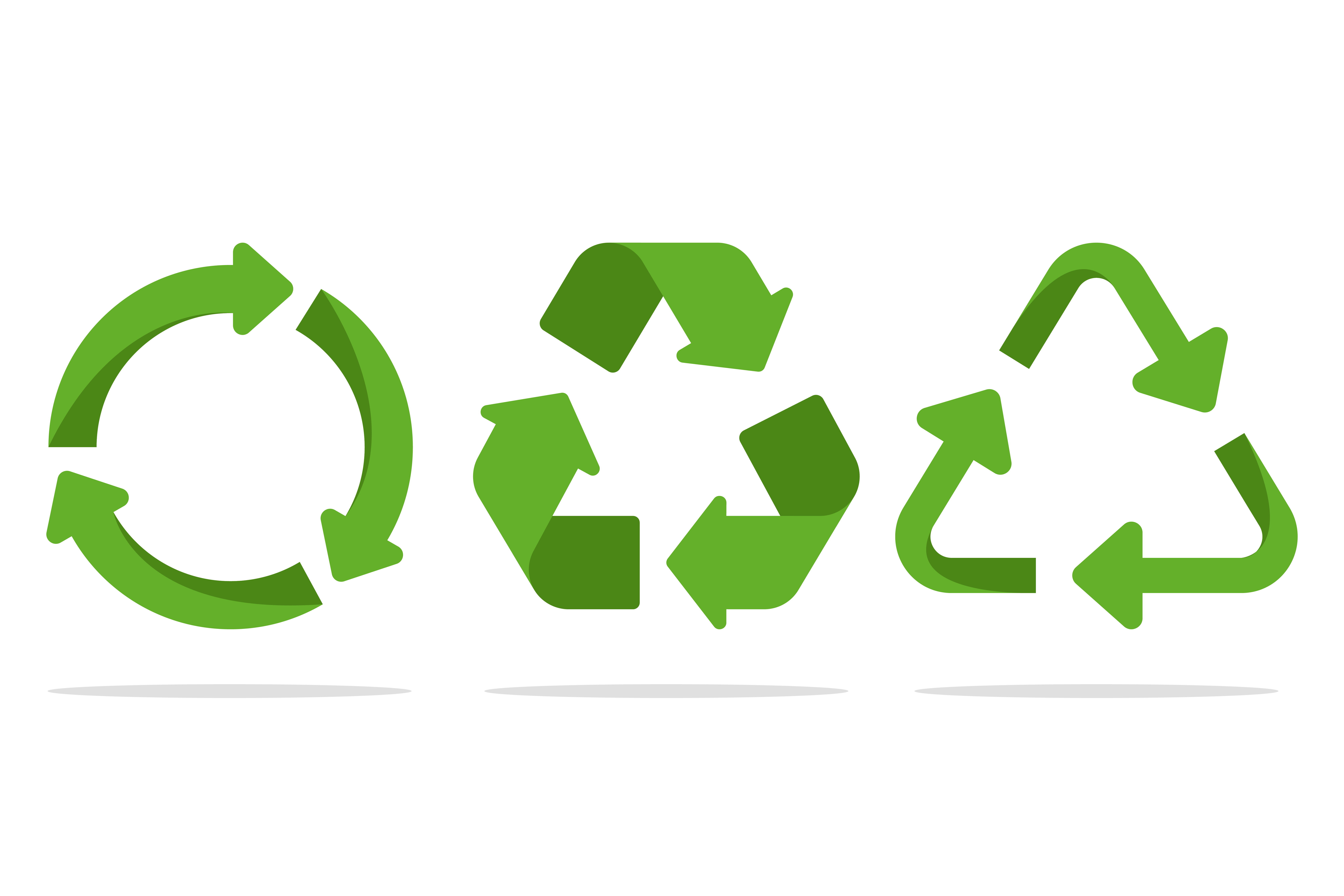The concept of the circular economy has gained widespread attention in recent times, but its roots can be traced back to the early days of industrialization. Instances of repairing and repurposing old machinery and materials to create new ones exemplify the age-old practice of circularity. Notably, historical periods such as the Great Depression underscored the circular economy in action, as households prioritized affordability over the allure of newness. During such times, reduced consumer spending led to a surge in alternative ways of meeting needs, including participation in the second-hand economy and repairing existing goods.
Developing and developed countries alike have embraced the tradition of keeping products in a cycle within the market, notably through means like thrifting. This practice has experienced a surge in popularity with the increasing awareness of the impacts of ethical and sustainable materials and products. As society grapples with the consequences of linear production and consumption models, the circular economy has emerged as a crucial paradigm for addressing environmental concerns and promoting sustainable practices.
Circularity manifests differently across various sectors, encompassing policy, business, and foundations. Governments worldwide are increasingly recognizing its importance and are actively formulating regulations and initiatives to incentivize circular practices. Extended Producer Responsibility (EPR) laws, waste reduction targets, and eco-design regulations are among the policy measures aimed at integrating circularity into the fabric of economies. A notable example is Apple’s buyback program,where they take back used computers at a price and repurpose them, illustrating the trend of extending the responsibility of circularity to consumers and producers alike.
In the business realm, circular economy principles are driving innovation and reshaping traditional models. Companies are reevaluating their supply chains, product designs, and end-of-life strategies to minimize waste and maximize resource efficiency. Circular business models, such as product-as-a-service are gaining traction, offering new ways for businesses to thrive while reducing their environmental impact.
However, a notable challenge in embracing uniform circularity arises due to differing definitions and implementations. Extended Producer Responsibility (EPR) schemes manifest in various forms, targeting specific items with differing degrees of responsibility delegation.For instance, some companies may delegate responsibility for the management and treatment of waste while others may take up the responsibility, some states prioritize individual and producer responsibility while others prioritize only one of the two. Additionally, other schemes only target specific items and forms of packaging and others target all. This diversity complicates efforts to upscale EPR schemes for a more uniform endeavor towards environmental protection and grand-scale circularity.
Tax incentives have emerged as a motivator for businesses to align with the sustainability interests of the states in which they operate. Increasing taxes on primary items aims to incentivize the use of secondary materials, though challenges persist due to the low demand for alternatives to primary resources. Despite skepticism, taxes have become a motivational factor for businesses, such as the example of home repairs and maintenance companies in Sweden enjoying a 50% reduction in tax on labor costs since 2007.
Foundations and non-profit organizations are pivotal in advancing circular initiatives. They play a crucial role in funding research, raising awareness, and supporting projects that promote circularity. These entities act as catalysts for change, influencing stakeholders across sectors to embrace sustainable practices.
To achieve circular integration, instilling a culture that values sustainability is imperative. Today’s fast-paced and linear economy often witnesses a gap between overproduction and ‘affordable’ over-consumption, hindering progress towards a circular economy. In industries driven by trends, such as fast fashion, overconsumption is fueled by the production of cheap goods in large quantities. This creates a gap in the circular integration process based on differences in disposable income, reinforcing the idea that ‘sustainable fashion is only for the wealthy.’ This discrepancy exemplifies the need for inclusivity in circular integration.
As more companies create innovative solutions to address barriers to circularity, we can predict a substantial decrease in waste and a shift towards a more circular and sustainable economy. The ongoing adoption of circular principles represents a transformative shift towards a more harmonious relationship between economic activities and the ecosystems they depend on, marking a pivotal moment in the global pursuit of sustainability.




